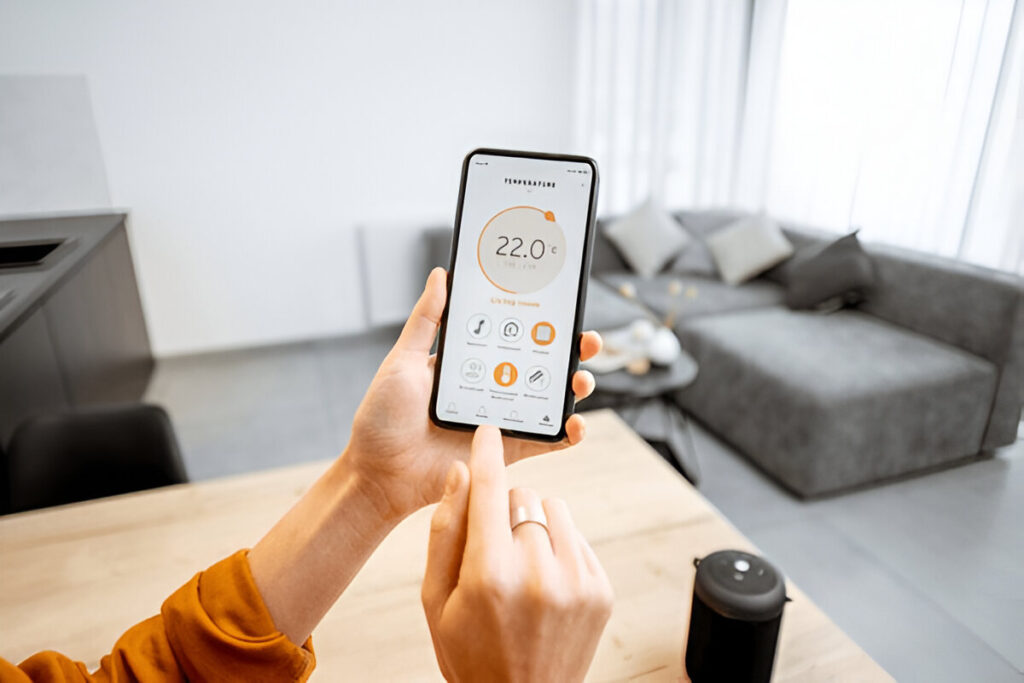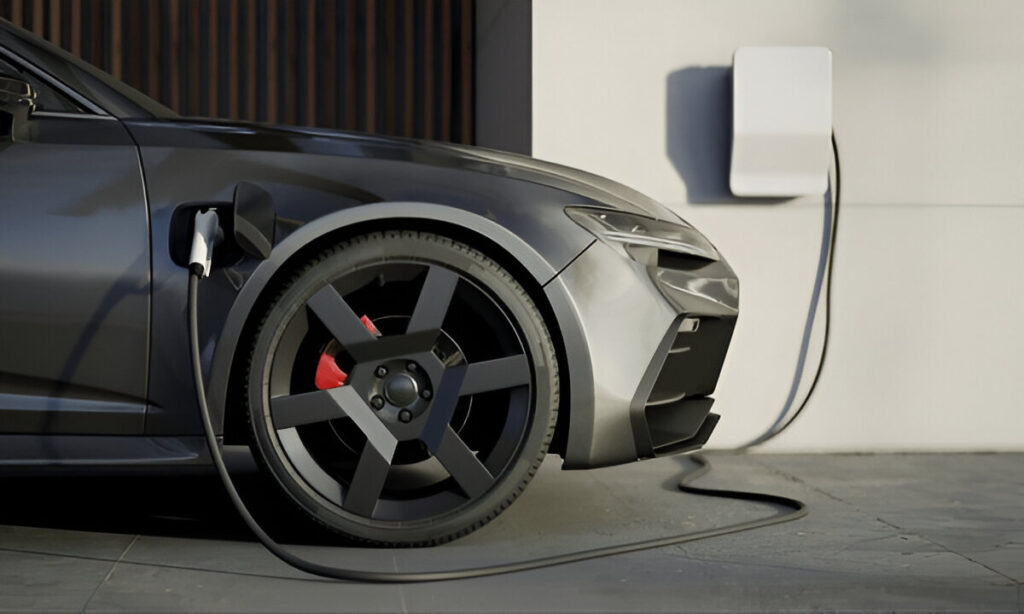Learn how modern appliance and device integration impacts your home’s wiring, and when unusual issues may call for emergency electrical service to prevent bigger problems.
Learn how modern appliance and device integration impacts your home’s wiring, and when unusual issues may call for emergency electrical service to prevent bigger problems.
The average home today contains far more electrical devices and smart appliances than it did just a decade ago. From smart refrigerators to automated blinds and Wi-Fi-enabled ovens, appliance and device integration has become central to daily convenience and comfort.
But while these tools make life easier, they can also strain outdated electrical systems or expose hidden faults—sometimes requiring prompt attention from an emergency electrical service.
Understanding the balance between integration and infrastructure is key to keeping your systems safe and functional.
What Is Appliance & Device Integration?
Appliance and device integration refers to the ability of your home’s various electrical components—like lighting, HVAC, kitchen appliances, and even security systems—to work together or be managed through a central control system.
Smart home platforms, such as Alexa or Google Home, depend on stable and properly wired electrical circuits. However, frequent malfunctions, flickering lights, or breaker trips during use may be signs of deeper issues that could escalate without professional intervention.
When Integration Goes Wrong
While integrating devices should enhance convenience, it can sometimes reveal problems such as:
- Circuit overloads
- Intermittent power losses
- Unresponsive outlets
- Unusual breaker trips
These signs suggest the system may not be equipped to handle modern energy demands. If lights dim when appliances run or if smart features lag or fail during use, it’s a good idea to consult with a licensed electrician residential before the problem worsens.
In severe cases, such issues could lead to overheating wires or fire risks—both of which justify calling for emergency electrical service immediately.
Warning Signs That Require Emergency Attention
Not every issue is an emergency, but here are signs that you should act fast:
- Burning smells near outlets or your panel
- Sparking from devices or cords
- Repeated breaker trips despite resets
- Visible scorch marks or melted outlet covers
- Complete loss of power to key circuits
If you notice any of these while using integrated appliances or smart systems, disconnect the affected devices and call for emergency electrical service right away.
Ensuring Your Home Is Ready for Smart Integration
For a smooth and safe integration of modern appliances and smart tech, your home must have a strong electrical foundation. This often includes:
- Dedicated circuits for large appliances
- Surge protection for sensitive electronics
- Proper grounding and up-to-date panels
If you’re upgrading to include advanced devices like smart ovens or whole-home automation, you might need to upgrade electrical panel or run new circuits to support increased power needs.
You may also need specialized installations, such as electrical outlet covers or electrical tester breaker and outlet services, to verify compatibility and safety.
Protecting Appliances from Future Issues
One of the best ways to avoid the need for emergency electrical service is by proactively installing protection systems. For example, refrigerator surge protection ensures your appliance isn’t damaged during voltage spikes.
Incorporating surge protection and regular electrical inspections into your smart home plan will extend the life of your devices and reduce costly emergency repairs.
Conclusion
Appliance and device integration is reshaping the way we live, but it also puts new demands on your home’s electrical system. Recognizing the signs of electrical stress and responding promptly can prevent outages, damage, or even fire.
If something feels off—especially when installing or using multiple modern devices—don’t wait. Calling for professional emergency electrical service can protect your home, family, and the tech you rely on every day.





